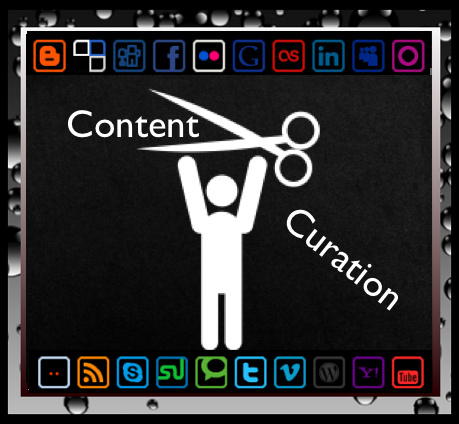Connect with execs from The New York Times, TIME, Dotdash Meredith and many more

Brands know that content is king. But the challenge is finding the right strategy for a constantly changing digital landscape.
According to research by Econsultancy, 90 percent of marketers say that content marketing is going to be extremely important to them in 2013. But only 38 percent actually have a strategy in place.
Digital agency 360i recently released a report that details what marketers can do to develop a strategic content marketing plan – covering everything from content development (creation and curation), to syndication and distribution, to optimization.
The report has three takeaways. The first is that digital content is a whole new area that needs to be looked at from a different lens than before. Old-school content was more about advertising and was used in print, out of home and on TV. Digital content is different because it can drive conversations, promote sharing and let brands connect with consumers differently than they have in the past. That means that brands need to think about it differently. It means testing, learning and listening to what the audience is saying, and, most important, it means being nimble.
The second takeaway is that content development needs to be a mix of both creation and curation. Consumers are creating content with or without brands. Brands can now parallel this behavior and have consumers create content for them. Ask people what they think. Ask them what they like, what they hate, what makes them happy, what makes them sad. Get them to start the conversations, because those are more valuable than any content that a brand can create.
The last takeaway is that the buck does not stop at creation, according to 360i. It’s not just about creating content. Distribution is important, as well. Otherwise, it’s like a tree falling in the forest: No one hears it.
“The most shareable emotion is awesome,” said Rosie Siman, senior strategist at 360i. “People will share awesome things that are epic, at scale. To be good, the content needs to force people to adjust their views on reality.”
In the report, 360i suggests that brands get to know their target audience. Let them guide the conversation. It’s easier to join existing conversations than to create your own anyway. Social listening can then provide a brand insights on the topics that resonate well with their audience.
But in order to do this correctly, brands need to have the right team in place. 360i suggests having community managers, content strategists, copywriters, data visualizers, editors, designers, producers and product evangelists all working together.
“Successful brands will take on the challenges of great content marketing, even as it evolves over the coming years,” says 360i, in its report. “We expect that brands will continue to compete with media properties for eyeballs. Having an in-depth knowledge of what’s trending for consumers will be more important than ever and will help ensure content created is culturally relevant.”
More in Marketing

In Graphic Detail: Inside the state of the creator economy industrial complex
The creator economy might have started out as an alternative to traditional media, but is becoming more and more like it as it professionalizes.

Shopify has quietly set boundaries for ‘buy-for-me’ AI bots on merchant sites
The change comes at a time when major retailers like Amazon and Walmart are leaning into agentic AI.

WTF is ‘Google Zero’?
The era of “Google Zero” — industry shorthand for a world where Google keeps users inside its own walls — is here.





